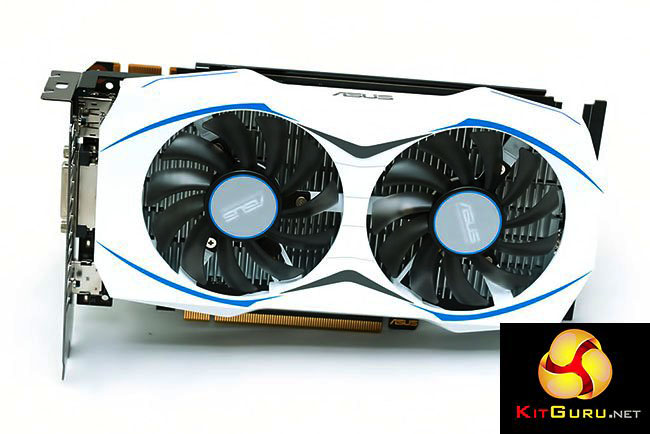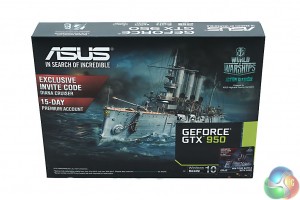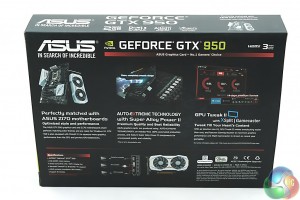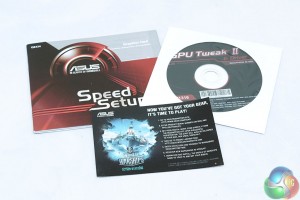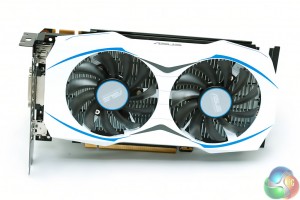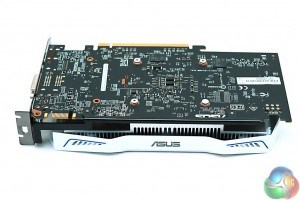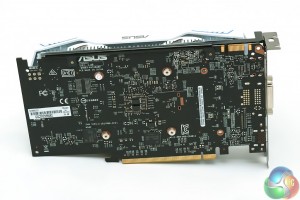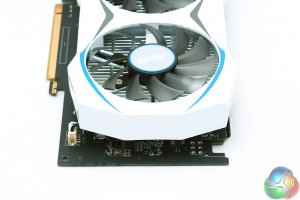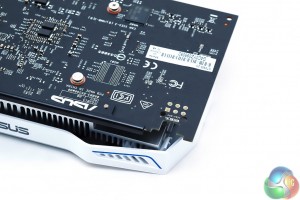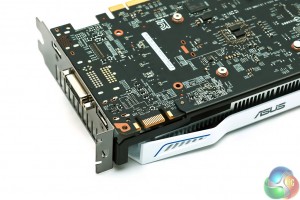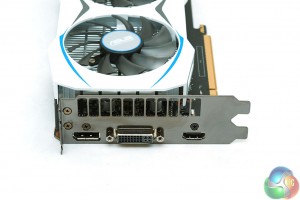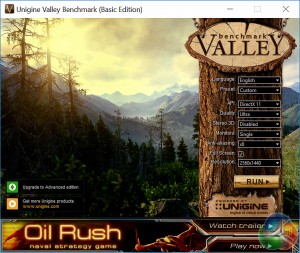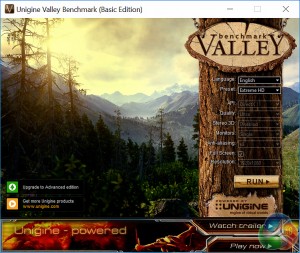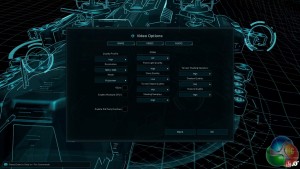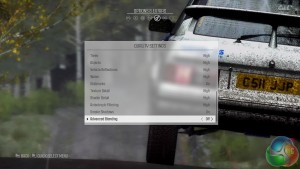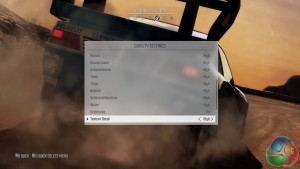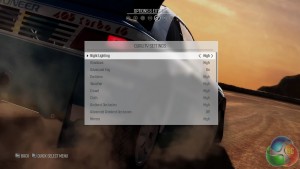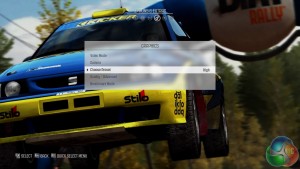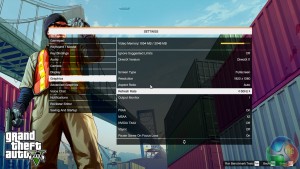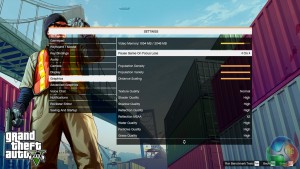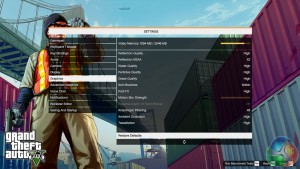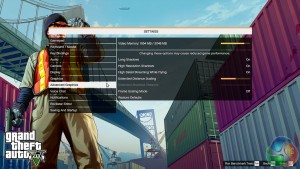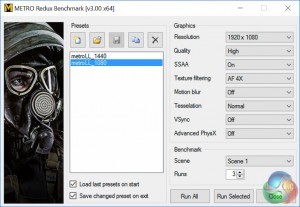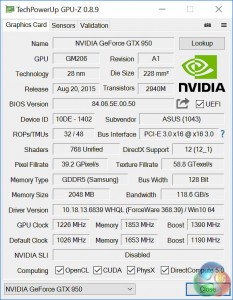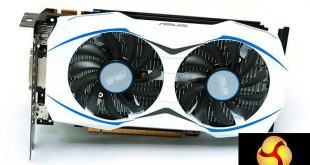
Back in early 2014 Nvidia first demonstrated its Maxwell architecture, based on a 28nm process, and in unorthodox fashion the first graphics card to emerge was the low-power GTX 750 Ti. It wasn't until later on that year that Maxwell was rolled-out to the high performance segment, with the GTX 980.
It's now mid-2016 and the GTX 750 Ti is still a current product as it serves a market segment that no other graphics card serves in quite the same way. The GTX 750 Ti offers reasonable 1080p gaming capability while being entirely motherboard-bus powered – no additional power cables are required resulting in a sub-75W TDP.
In practice this means systems that are difficult to modify, such as OEM pre-builds or systems with weak power supplies, can make a reasonable step up from low-performance integrated graphics or other graphics solutions. AMD has no direct answer to the GTX 750 Ti since its fastest bus-powered graphics card, the R7 250, falls about 50% short in performance terms.
The unofficial successor to the GTX 750 Ti has come in the form of low power “6-pin-less” GTX 950s. ASUS delivers its version in the form of its GTX 950-2G. While not ground-breaking in design or performance, this quirky product should appeal to the same audience as the GTX 750 Ti – which is surprisingly large.
According to Steam's June 2016 survey results the GTX 750 Ti had 4.19% in the DX11 and DX12 categories. For context, that's almost twice AMD's entire R9 200 series (R9 295X2, R9 290X, R9 290, R9 285, R9 280X, R9 280, R9 270X, R9 270) which records 2.27% in Steam's statistics for the same DX11 and DX12 categories.
| GPU | GeForce GTX 950 | ASUS GTX 950-2G | GeForce GTX 750 Ti |
| Streaming Multiprocessors | 6 | 6 | 5 |
| CUDA Cores | 768 | 768 | 640 |
| Base Clock | 1,024 MHz | 1,026 MHz | 1,020 MHz |
| GPU Boost Clock | 1,188 MHz | 1,190 MHz | 1,085 MHz |
| Total Video memory | 2GB | 2GB | 2GB |
| Texture Units | 48 | 48 | 40 |
| Memory Clock | 6,600 MHz | 6,612 MHz | 5,400 MHz |
| Bus Width | 128-bit | 128-bit | 128-bit |
| ROPs | 32 | 32 | 16 |
| Manufacturing Process | 28nm | 28nm | 28nm |
| TDP | 90 W | 75 W | 60 W |
ASUS and the other vendors making similar low power GTX 950s haven't made it clear about whether the low power GTX 950 GPU is any different to a normal GTX 950,though there's no evidence to suggest it is any different. As such it can be thought of as a GTX 950 constrained to a 75-Watt TDP, rather than the usual 90-Watts.
That 17% reduction in TDP should have a resultant impact on performance, even so a GTX 950 operating at a slight performance penalty should be able to outperform a GTX 750 Ti.
ASUS uses the same packaging with the GTX 950-2G as its GTX950-OC-2GD5 graphics card, the theme of which is World of Warships.
ASUS explains this product uses Auto Extreme technology, a fully machine-automated graphics card assembly process. Auto Extreme should remove human error resulting in increased reliability … in theory.
The accessory bundle is limited to a quick setup guide, driver CD and codes for World of Warships.
The ASUS GTX 950-2G is slightly longer than equivalent GTX 750 Tis, but still keeps to a dual-slot width. In part the extra length is due to the dual-fan cooler, rather than a single fan cooler that is typically used with the GTX 750 Ti.
Along the top of the card it can be observed that cooling is handled by an aluminium heatsink, there's no heat pipes to be seen presumably due to the low TDP. A lack of a backplate isn't surprising either – this GPU doesn't get hot enough to justify one, neither is it expensive enough to warrant one.
Surprisingly there is a reinforcing plate along the top of the card to prevent PCB flex, which should aid the longevity of the card.
ASUS is reusing the same PCB as its GTX950-OC-2GD5 that has a 6pin, the only difference here is that the connector hasn't been soldered on leaving a gap in the corner of the PCB.
One SLI finger provides 2-Way SLI support and there are three display outputs – Display Port 1.2, DVI-I and HDMI 2.0.
A balanced enough selection given the price point, though the lack of a DVI-VGA adapter in the box does mean VGA monitor users will need to acquire their own adapters.
Our newest GPU test system has been built with the intention of benchmarking low to mid-range graphics cards, we have a separate test system which benchmarks higher-end graphics cards such as the RX 480, GTX 1070 and GTX 1080. To reflect the performance of GPUs being tested the scope of testing has been reduced to 1080p and 1440p, since 4K is largely irrelevant for GPUs of this price point.
General Test System Notes
- All AMD Graphics cards were benchmarked with the AMD Crimson Display Driver 16.6.1 and all Nvidia Graphics cards with the Nvidia Forceware 368.39 driver.
- To tune the test system appropriately for acoustic measurements the case was outfitted with ultra quiet Noctua 800RPM fans and the Corsair H100i set to a fixed fan speed of 700RPM to further reduce the base noise level.
- The CPU was left to default Intel Turbo behaviour, disabling motherboard manufacturer enhancements such as all-core Turbo to minimise heat output inside the case and non-GPU related power consumption.
- Each benchmark or game is run 3 times at each resolution with an average result of the three runs taken as the final result for the graphs.
Test System Components
- Case: Corsair 400Q (two stock case fans replaced with Noctua 800 RPM 120mm rear exhaust and 140mm front intake fans)
- Processor: Intel Core i7-6700K (Stock Intel Turbo behaviour).
- Memory: 32GB (4 x 8GB) G.Skill Trident Z DDR4 running at JEDEC 2800MHz.
- Graphics Card: Variable.
- System Drive: Mushkin Chronos 120GB.
- Games Drive: Samsung 850 EVO 512GB SSD
- CPU Cooler: Corsair H100i w/ Noctua NTH1 (fan speed limited to 700 RPM on Corsair H100i).
- Power Supply: Seasonic Platinum 760W.
- Operating System: Windows 10 Pro 64-bit.
Comparison Graphics Cards List
- EVGA GTX 750 Ti Superclocked (1176MHz core, 1255MHz boost, 5400MHz memory )
- MSI R7 370 2GB Gaming (980MHz core, 1030MHz boost, 5600MHz memory)
- MSI R9 380 4GB Gaming (980MHz core, 5700MHz memory)
- MSI R9 390 8GB Gaming (1040MHz core, 6000MHz memory)
- PNY GTX 950 2GB XLR8 OC Gaming (1152MHz core, 1342MHz boost, 7200MHz memory)
- PNY GTX 960 4GB XLR8 OC Gaming (1203MHz core, 1266MHz boost, 7200MHz memory)
- Sapphire R9 380X 4GB Nitro OC (1040MHz core, 6000MHz memory)
- XFX R7 360 2GB Core Edition (1050MHz core, 6000MHz memory)
- Zotac GTX 970 4GB (1076MHz core, 1216MHz boost, 7010MHz memory)
- ASUS GTX 950-2G (1026MHz core, 1190MHz boost, 6612MHz memory)
Software and Games List
- 3DMark
- Ashes of the Singularity
- Dirt Rally
- Furmark
- GPU-Z
- Grand Theft Auto V
- Metro Last Light Redux
- Middle-earth: Shadow of Mordor
- MSI Afterburner
- Steam
- Unigine Valley
3DMark Fire Strike is a showcase DirectX 11 benchmark designed for today's high-performance gaming PCs. It is our most ambitious and technical benchmark ever, featuring real-time graphics rendered with detail and complexity far beyond what is found in other benchmarks and games today.
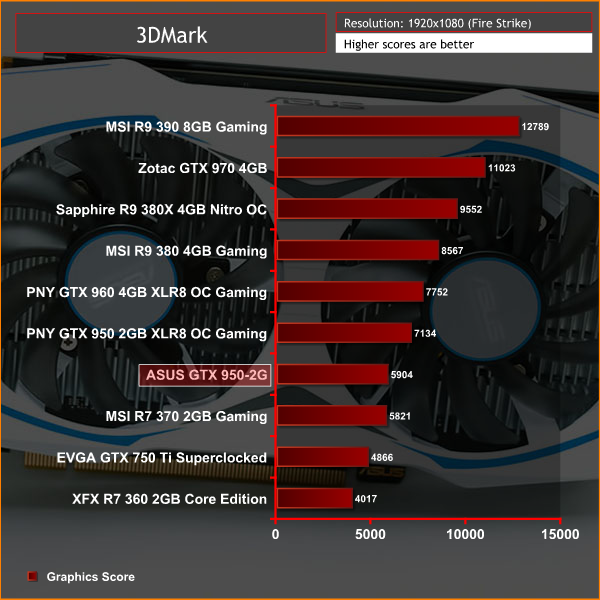
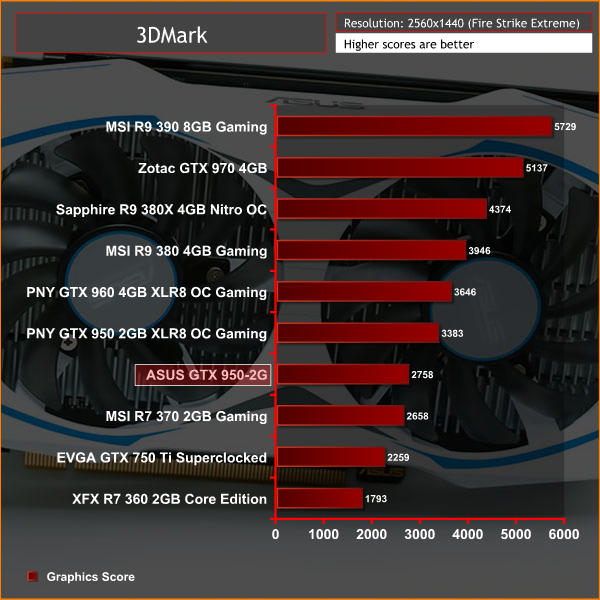
3DMark offers a broad indication of performance and it seems there is a 20~22% performance hit over an overclocked GTX 950 – this makes perfect sense given the 20% reduction in TDP from 90W to 75W.
UNIGINE Valley Benchmark is a new GPU stress-testing tool from the developers of the very popular and highly acclaimed Heaven Benchmark. The forest-covered valley surrounded by vast mountains amazes with its scale from a bird’s-eye view and is extremely detailed down to every leaf and flower petal.
This non-synthetic benchmark powered by the state-of-the art UNIGINE Engine showcases a comprehensive set of cutting-edge graphics technologies with a dynamic environment and fully interactive modes available to the end user.
We test Unigine Valley using the Extreme HD Preset, changing the resolution setting only for 1440p.
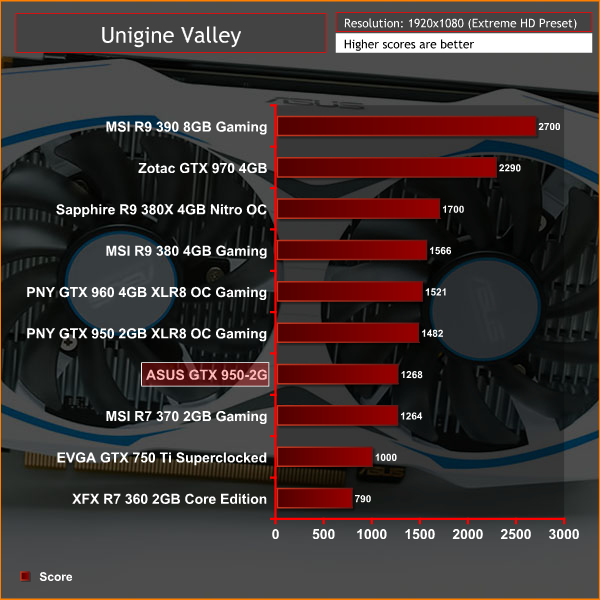
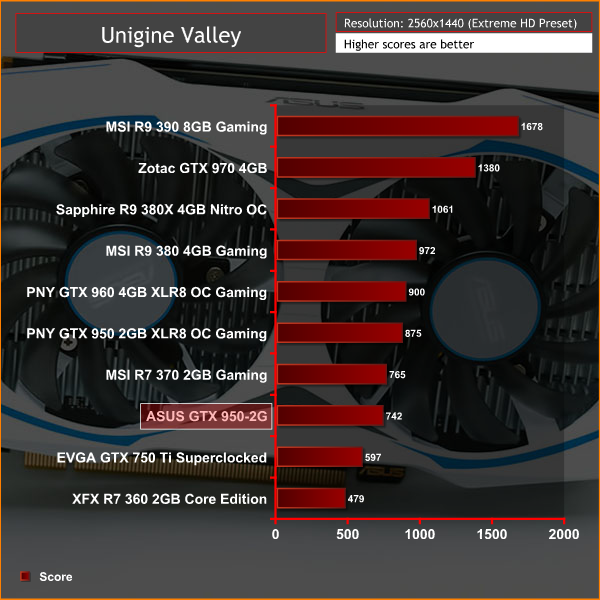
Unigine Valley continues to show a gap between conventional GTX 950s though the GTX 950-2G maintains a good lead over the GTX 750 Ti and manages to keep pace with an overclocked R7 370 that consumes much more power.
Ashes of the Singularity is a real-time strategy game set in the future where descendants of humans (called Post- Humans) and a powerful artificial intelligence (called the Substrate) fight a war for control of a resource known as Turinium.
Players will engage in massive-scale land/air battles by commanding entire armies of their own design. Each game takes place on one area of a planet, with each player starting with a home base (known as a Nexus) and a single construction unit.
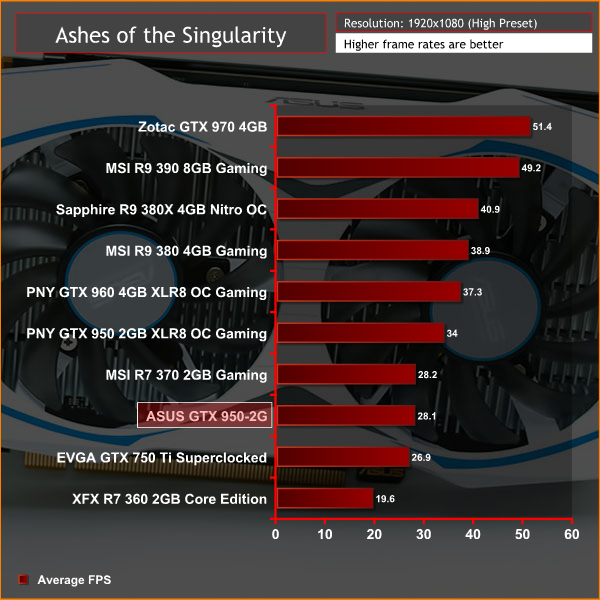
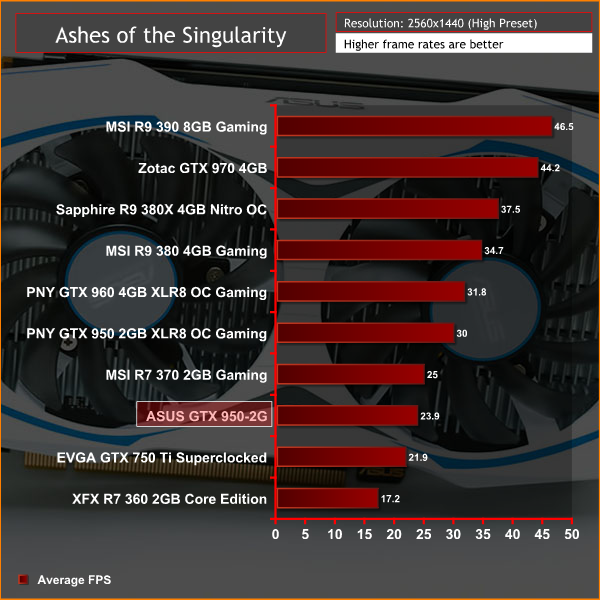
Ashes of the Singularity seemed to tax the GTX 950-2G more than other benchmarks and the gap is quite wide with the normal GTX 950. However, there's still a nice boost of performance, around 10%, over the GTX 750 Ti.
Dirt Rally is developed by British video game developer Codemasters using the in house Ego engine. Development began with a small team of individuals following the release of their 2012 video game Dirt: Showdown.
Codemasters have emphasised a desire to create a simulation with Dirt Rally. They started by prototyping a handling model and creating tracks based on map data. The game employs a different physics model from previous titles, rebuilt from the ground up.
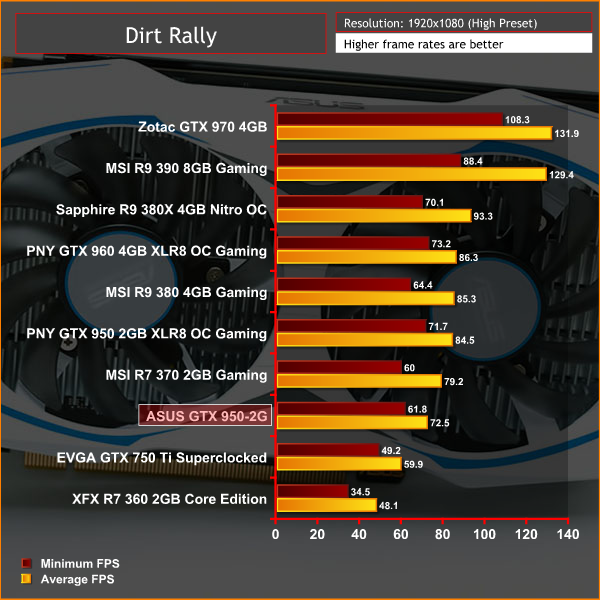
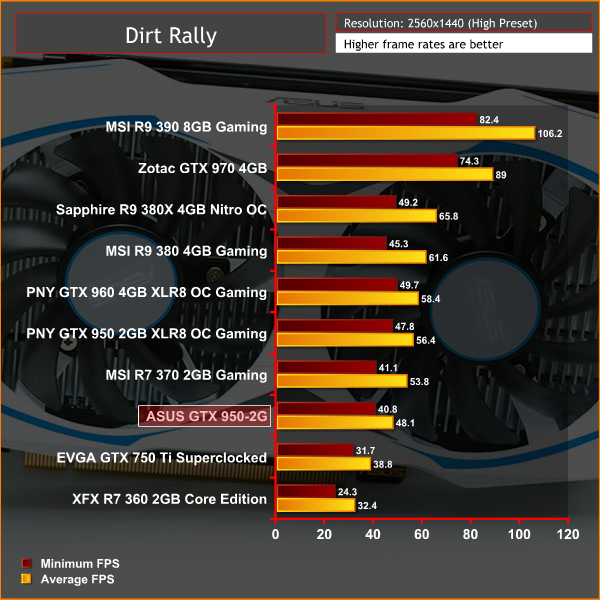
Again the GTX 950-2G holds a solid margin over the GTX 750 Ti – and this is a superclocked version from EVGA too – so it's about as fast as a GTX 750 Ti will get.
Grand Theft Auto V is an action-adventure game played from either a first-person or third-person view. Players complete missions—linear scenarios with set objectives—to progress through the story. Outside of missions, players may freely roam the open world. Composed of the San Andreas open countryside area and the fictional city of Los Santos, the world is much larger in area than earlier entries in the series. It may be fully explored after the game’s beginning without restriction, although story progress unlocks more gameplay content.
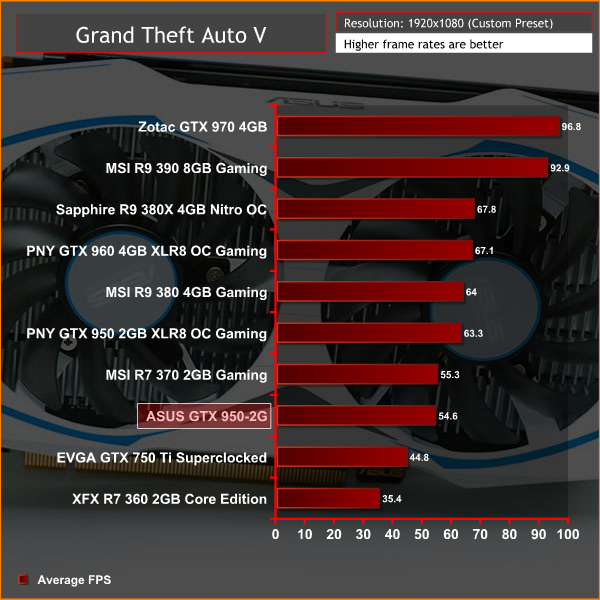
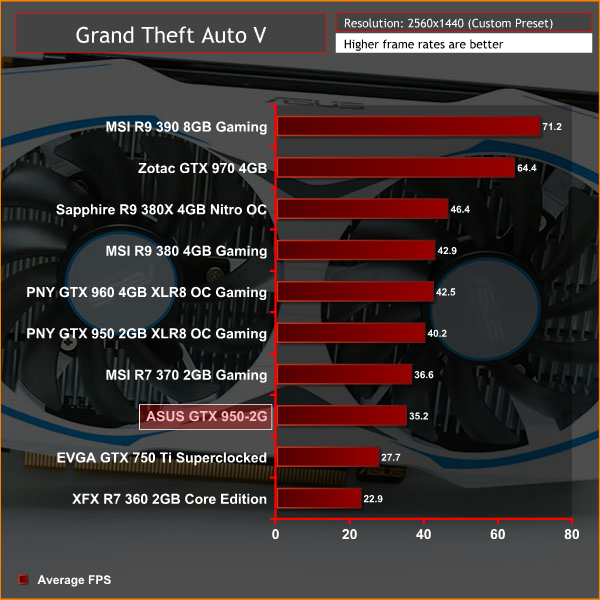
The extra ROPs, Texture Units and memory bandwidth over the GTX 750 Ti becomes clear in a more taxing game like GTA V. The ASUS GTX 950-2G offers a very playable experience at 1080p.
Just like the original game Metro 2033, Metro: Last Light is played from the perspective of Artyom, the player-character. The story takes place in post-apocalyptic Moscow, mostly inside the metro system, but occasionally missions bring the player above ground. Metro: Last Light takes place one year after the events of Metro 2033, following the canonical ending in which Artyom chose to proceed with the missile strike against the Dark Ones (this happens regardless of your actions in the first game). Redux adds all the DLC and graphical improvements.
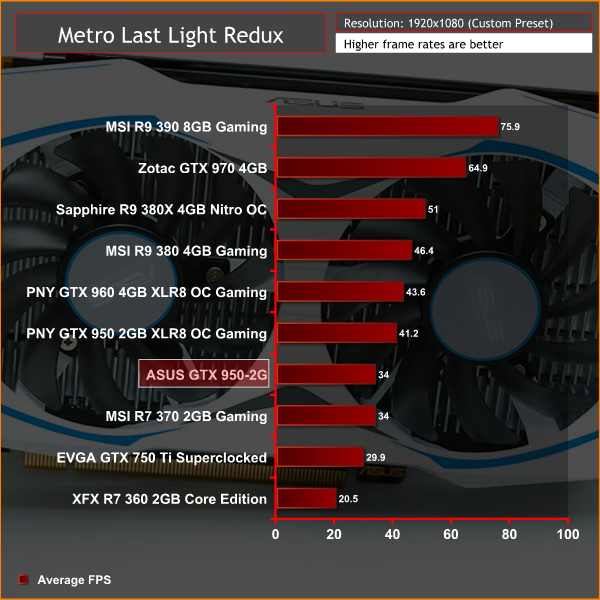
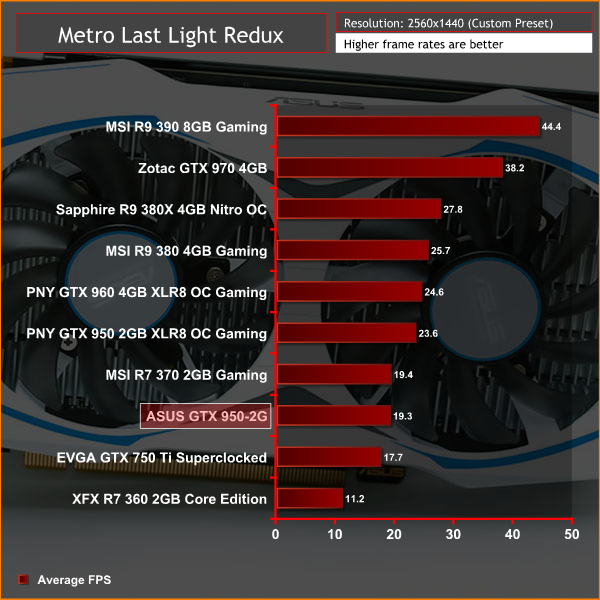
Metro Last Light Redux is incredibly taxing but the GTX 950-2G matches AMD's R7 370 with relative ease.
Middle-earth: Shadow of Mordor is a third-person open world video game, where the player controls a ranger by the name of Talion who seeks revenge on the forces of Sauron after his family, including his wife, are killed. Players can travel across locations in the game through parkour, riding monsters, or accessing Forge Towers, which serve as fast travel points.
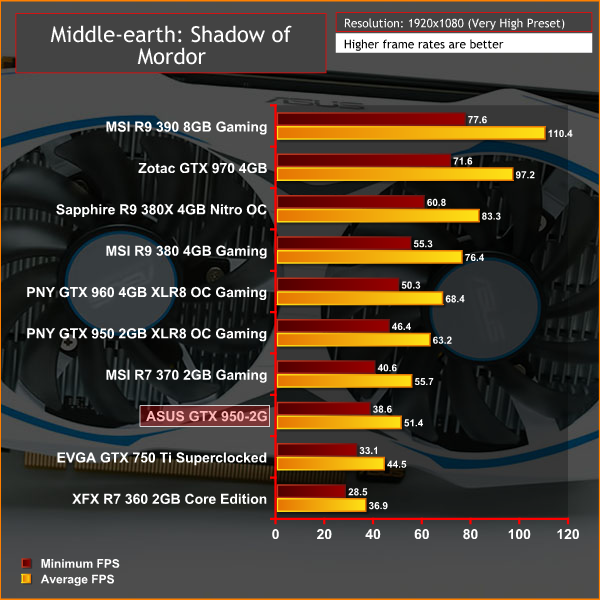
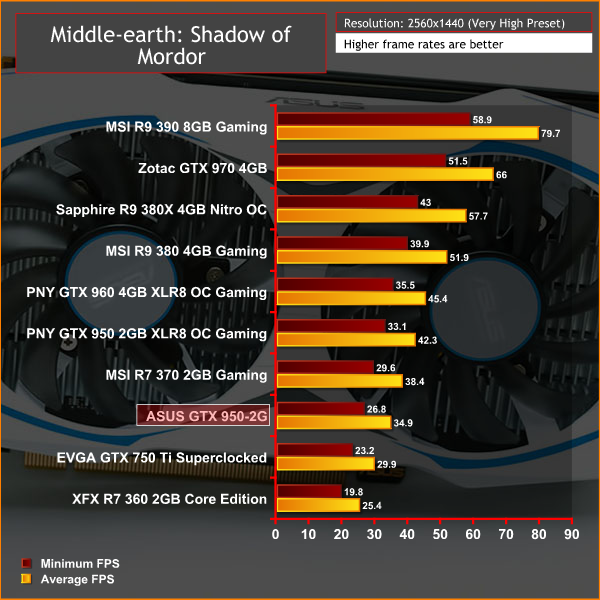
Shadow of Mordor feels and looks more playable on the GTX 950-2G versus the GTX 750 Ti. Granted the ASUS GTX 950-2G is more expensive than a GTX 750 Ti but it offers enough extra performance to make it a worthy alternative to the GTX 750 Ti.
Our acoustic measurements are less precise on this mid-range test system, the noise floor of the totally quiet testing room is 35 dBA as measured with a Benetech GM1351 Digital Sound Level Meter.
We take our measurements with the decibel meter protruding off the front-top section of the chassis, overhanging by exactly 1 inch. The underlying noise level of the system, generated by the 800 RPM Noctua case fans and H100i with fixed 700RPM fans is 39 dBA, thus anything above this level can be attributed to the graphics card since the PSU is passive for most of it's power capability.
Noise levels were measured after 10 minutes of load under three scenarios: Furmark GPU stress test, Unigine Valley looping at the Extreme HD preset and desktop idle.
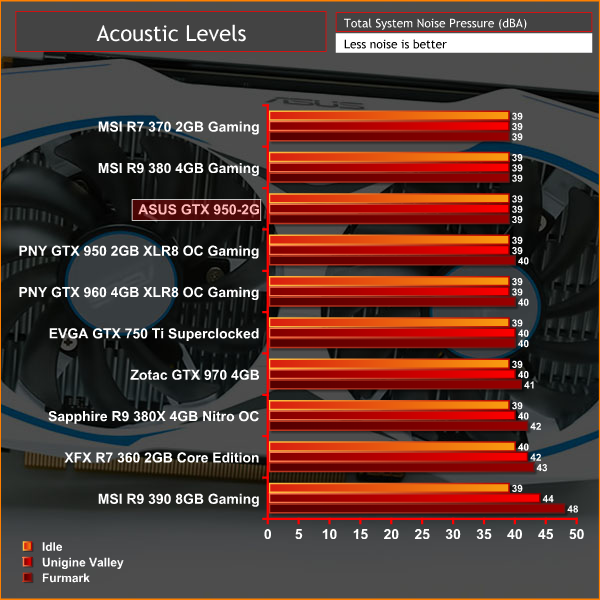
There is no apparent change in system noise level irrespective of the 3D load placed upon the GTX 950-2G, the combination of a low TDP and dual-fan cooler keeps things cool and quiet.
For reference the fan reached 39% (1,350 RPM) under the most stressful load scenario – Furmark. Considering these are small fans, 70mm, the noise output is lower than an equivalent RPM on a larger fan.
Temperatures were measured after 10 minutes of load under three scenarios: Furmark GPU stress test, Unigine Valley looping at the Extreme HD preset and desktop idle. GPU-Z was used to record the maximum temperature, fan profiles were left to their default behaviour.
Delta temperatures are presented below to account for small adjustments in room temperature, but for all the testing present in this graph the temperature ranged from 21.4 to 23.3 degrees Celsius.
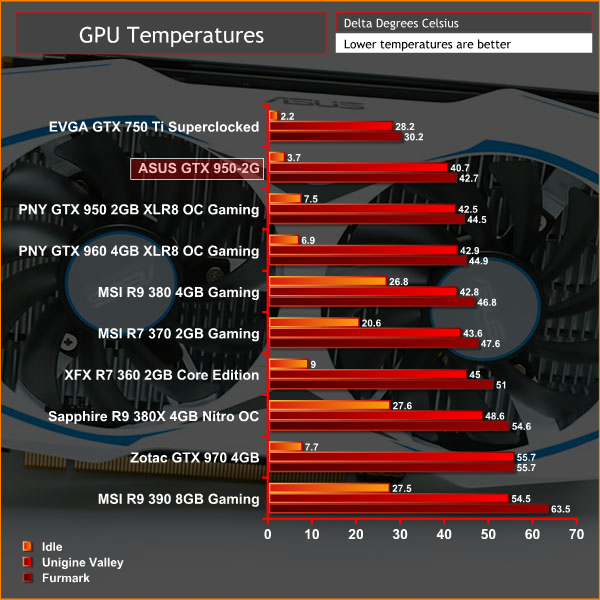
Temperatures were slightly warmer than the GTX 750 Ti, to the tune of about 12 degrees, but real-world temperatures in a 22 degrees Celsius room will rarely, if ever, reach 70.
Power consumption was measured after 10 minutes of load under three scenarios: Furmark GPU stress test, Unigine Valley looping at the Extreme HD preset and desktop idle. The measurement was taking using an Energenie ENER007 power meter and measured for the whole system, excluding the monitor.
While Furmark and desktop idle provide stable and consistent power read-outs, Unigine Valley does not so the power reading is taken as the highest value in Scene 1 of 18.
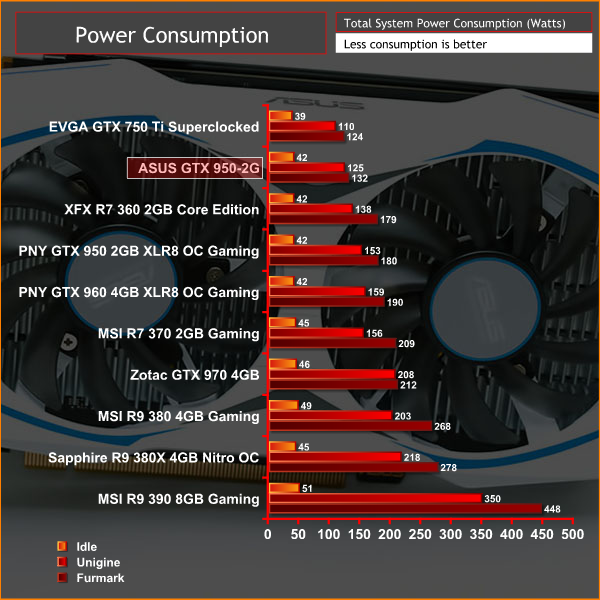
Power consumption is 10 to 15 watts higher than a GTX 750 Ti, roughly 15% more, yet performance is up to 30% more in some scenarios. Note that the R7 370 which the GTX 950-2G managed to keep pace with consumes anywhere between 30 and 75 Watts more power.
You might expect a GPU that's power limited wouldn't have much overclocking headroom, if any at all. Yet the GTX 950-2G doesn't disappoint and offers a 200 MHz core clock boost 800MHz effective memory clock increase.
In performance terms this gave an extra 12% performance in 3DMark but this number will vary between applications depending on the power stress the card is under.
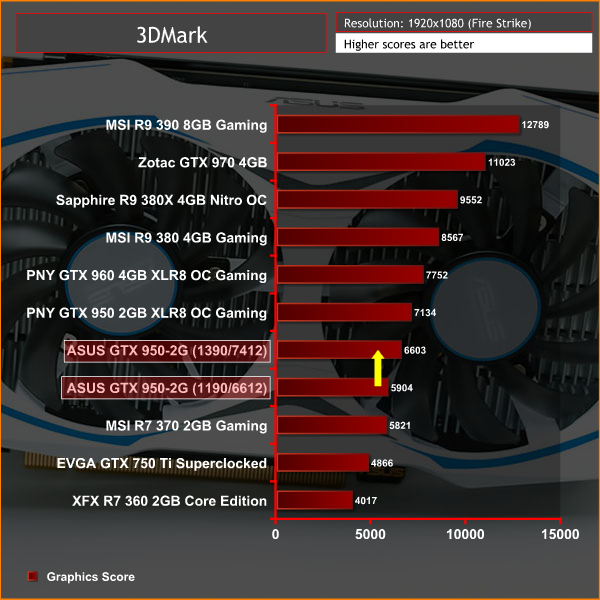
If the card is already hitting a power threshold at stock clocks, when overclocked it will not be able to boost much/any higher without encountering the same issue.
Anyone expecting the ASUS GTX 950-2G “unplugged” to perform the same as standard GTX 950 may be disappointed by the results we have recorded – in general it falls behind by a margin of 20% or so. However, the GTX 950-2G is best thought of as an alternative to the GTX 750 Ti, rather than simply another GTX 950.
At $155 in North America and £130 here in the UK the ASUS GTX 950 unplugged costs the same as many other entry-level GTX 950s but its real competition is the GTX 750 Ti which starts at around $110/£90. As such the GTX 950-2G ends up being about 30% more expensive and returns slightly less relative performance, anything between 10 to 25% depending on the game in question and the system resolution.
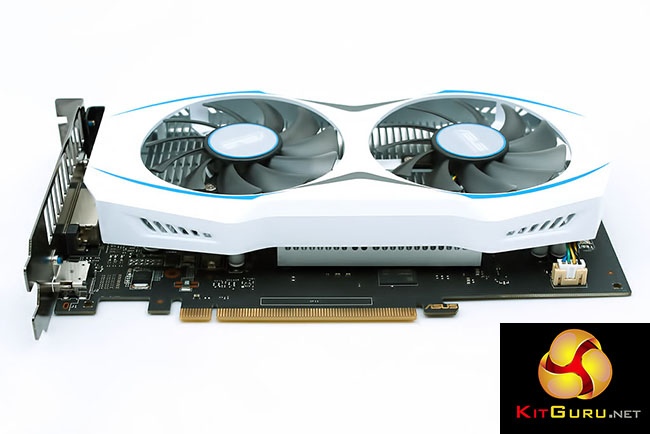
The GTX 950-2G will certainly not be top of everyone's shopping list but if prospective buyers were already considering a GTX 750 Ti, then the GTX 950-2G is a higher performance alternative that will make 1080p gaming that extra bit smoother and more enjoyable.
Due to the absence of additional power connectors it's just as easy as it was with the GTX 750 Ti to drop the GTX 950-2G into any PCI Express equipped system and get a reasonable 1080p gaming experience.
Naturally, there will be other factors to consider including the fact that performance will vary depending on the CPU, system memory configuration and whether the power supply is up to the job. Even though the GTX 950-2G is frugal on power, a power supply already close to capacity – particularly if it is a low-quality unit, may still encounter issues by the up to 75-watts of power draw through the PCIe bus on the motherboard.
Since most pre-built OEM systems from the likes of Acer, Dell and others often have plenty of spare power supply capacity most consumers are unlikely to encounter any issues and may even be able to benefit from overclocking gains too. While the GTX 950-2G is slightly larger than most GTX 750 Ti's it is still compact enough to sit comfortably on any mini-ITX, micro-ATX or full-ATX motherboards, posing no notable compatibility issues.
Despite ASUS being the most vocal about its GTX 950 without the 6 pin, similar models are offered by rival brands including EVGA, who are selling 4 different models, and MSI. Pricing is broadly similar between these brands though it does vary by region and retailer.
Buy from Amazon UK for £136.56 HERE.
Pros:
- Performance upgrade over GTX 750 Ti.
- Light on power consumption.
- Excellent acoustic and thermal performance.
- Hassle-free upgrade path.
Cons:
- Relative price premium over GTX 750 Ti doesn't match the relative performance increase.
KitGuru says: The ASUS GTX 950-2G “unplugged” offers a notable performance boost over the GTX 750 Ti for an impressive low-power 1080p gaming experience.

 KitGuru KitGuru.net – Tech News | Hardware News | Hardware Reviews | IOS | Mobile | Gaming | Graphics Cards
KitGuru KitGuru.net – Tech News | Hardware News | Hardware Reviews | IOS | Mobile | Gaming | Graphics Cards


